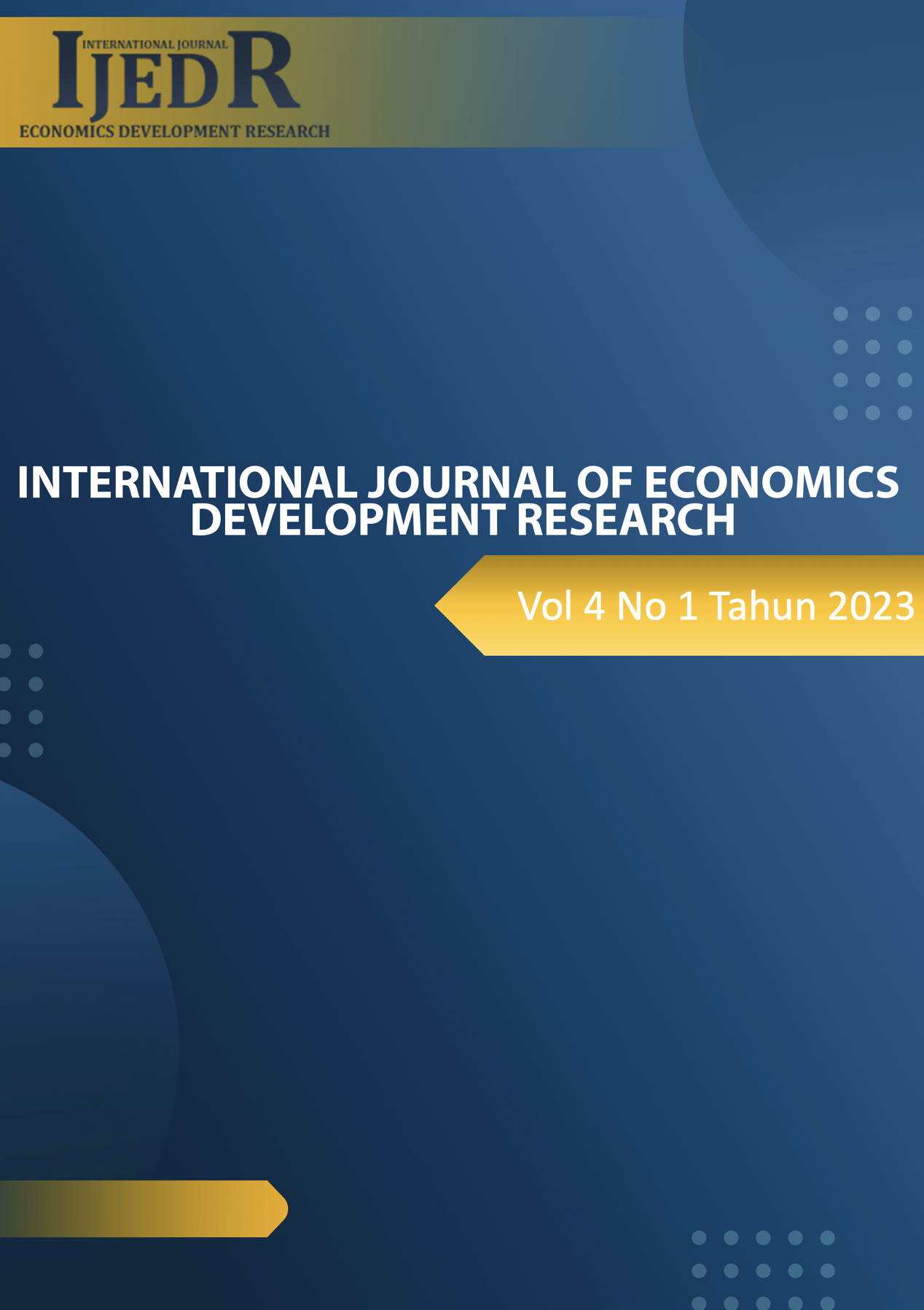Gender Contest In Public Office Study At North Sulawesi Provincial Government
DOI:
https://doi.org/10.37385/ijedr.v4i2.3056Keywords:
Contestation, Gender, Public Office, North SulawesiAbstract
Gender mainstreaming in the field of governance amidst gender inequality due to the construction of people's thinking triggered by gender stereotypes which is a barrier factor for women to actively participate in community development and empowerment. This study uses descriptive qualitative methods with the intention of revealing how gender contestation is in public office in the Provincial Government of North Sulawesi. The analysis of this study uses the Liberal Feminist theory of Gender. The results of this study reveal that gender contestation in public office is still not optimal due to uneven competence between men and women, lack of access and opportunities given to women, as well as internal factors of women who do not develop self-competence, supported by the absence of rules that regulates the representation of women in public office. In addition, the regional head's commitment has not been optimally implemented in the policy for determining candidates for high-ranking officials because it is still influenced by patriarchal culture in the organizational culture so that in determining the filling of the JPT, they still use the conventional model which should use a non-gender model that is competent which is recommended to be implemented in filling out the JPT in the Province. North Sulawesi so that gender mainstreaming can run in all levels of government to accelerate the development of human resources.
References
Agra, I. B., Gelgel, I. P., & Dharmika, I. B. (2018). Pressure on socio-cultural towards post-divorce Hindu women in Denpasar city. International Journal of Social Sciences Humanities, 2(3), 63-78.
AM, E. N., Affandi, A., Udobong, A., & Sarwani, S. (2020). Implementation of human resource management in the adaptation period for new habits. International Journal of Educational Administration, Management, and Leadership, 19-26.
Ballenger, J. (2010). Women's Access to Higher Education Leadership: Cultural and Structural Barriers. In Forum on public policy online (Vol. 2010, No. 5). Oxford Round Table. 406 West Florida Avenue, Urbana, IL 61801.
Box, R. C. (2014). Running government like a business: Implications for public administration theory and practice. In Public Administration and Society (pp. 251-269). Routledge.
Brennan, T., Breitenbach, M., Dieterich, W., Salisbury, E. J., & Van Voorhis, P. (2012). Women’s pathways to serious and habitual crime: A person-centered analysis incorporating gender responsive factors. Criminal Justice and Behavior, 39(11), 1481-1508.
Haas, E. B. (2018). When knowledge is power: Three models of change in international organizations (Vol. 22). University of California Press.
Jayawarsa, A. K., Purnami, A. S., & Saputra, K. A. K. (2021). Meaning the economic existence and financial management of the small organization of a traditional village in Bali. International Journal of Business, Economics and Law, 24(5), 8-15.
Muchtar, A. H., Maulidizen, A., & Winanto, S. (2022). Human Resources Management in Improving Company Performance. International Journal of Education, Information Technology, and Others, 5(2), 317-329.
Subaidi, S., Sudarmaji, S., Nasuka, M., & Munasir, M. (2021). The Implementation of Human Resource Management in Improving the Quality of Teacher’s Learning. Nidhomul Haq: Jurnal Manajemen Pendidikan Islam, 6(3), 579-586.
Robeyns, I. (2003). Sen's capability approach and gender inequality: selecting relevant capabilities. Feminist economics, 9(2-3), 61-92.
Rosette, A. S., & Tost, L. P. (2010). Agentic women and communal leadership: How role prescriptions confer advantage to top women leaders. Journal of Applied Psychology, 95(2), 221.
Scott, J. W. (2007). Gender as a useful category of historical analysis. In Culture, society and sexuality (pp. 77-97). Routledge.
Sirianni, C. (2010). Investing in democracy: Engaging citizens in collaborative governance. Rowman & Littlefield.
Tripp, A., & Munson, B. (2022). Perceiving gender while perceiving language: Integrating psycholinguistics and gender theory. Wiley Interdisciplinary Reviews: Cognitive Science, 13(2), e1583.
Zinn, M. B., & Dill, B. T. (2016). Theorizing difference from multiracial feminism. In Race, gender and class (pp. 76-82). Routledge.





